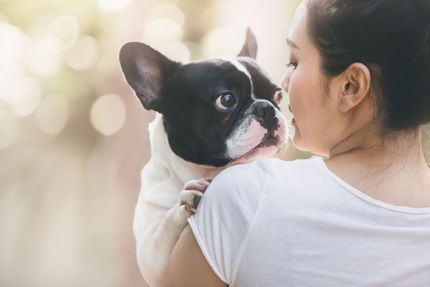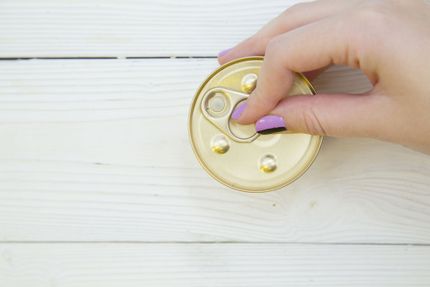
Siberian Retriever:Labrador Retriever and Siberian Husky Mix
Facts & Origin
Siberian Husky and Labrador Retriever mix - a hybrid breed.
What are breed characteristics of this mix dog?
The Siberian Husky Labrador Retriever mix has a weight of 38 kg and a height of 56 cm. The coat is fluffy and can be either black, brown or white. The eyes are almond shaped and can be either blue or brown. The ears are pointed and the tail is long and bushy.

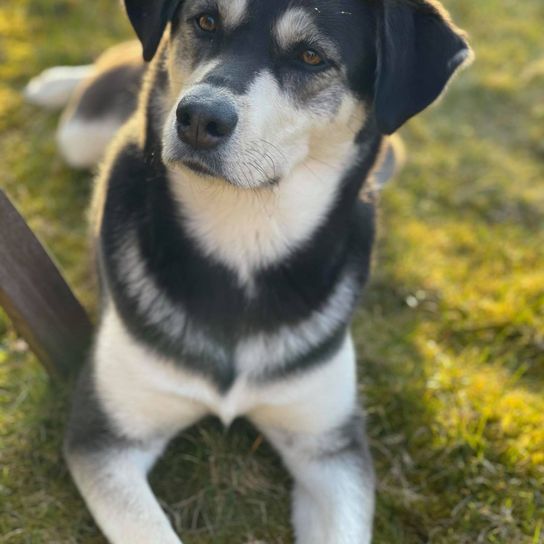


| Alternate Name | Labsky, Huskydor |
| Origin | UK - Russia |
| Life expectancy | 10 - 15 years |
| Care requirements | low-maintenance - high-maintenance |
| Activity level | average - high |
| FCI group | not recognised |
| AKC group | not recognised |
| KC group | not recognised |
More Labrador Retriever mixes
More Siberian Husky mixes
Attitude, character and temperament of the breed
Possible character traits of Siberian Husky and Labrador Retriever mix - Such is probably his nature.
One of the most popular designer dogs today is the Labrador-Husky mix, also called Labsky. This mix combines the best qualities of two amazing breeds: the Labrador Retriever and the Siberian Husky. The result is a friendly, intelligent and strikingly beautiful puppy. But what else can you expect from this mixed breed?
Both the Labrador and the Husky are working dogs, so it is not surprising that the Labsky is also a hard worker. These pups are very versatile and can be trained for a variety of tasks, from search and rescue to sledding. Because of their gentle and friendly nature, they also make excellent therapy dogs.
Labskys are active dogs that need a lot of exercise. Therefore, they are best suited for homes with large gardens or access to nearby parks or trails. They are also escape artists, so a secure fence is a must. This breed does not do well in apartments or other small living spaces.
Labskys are social creatures that need lots of attention and love. They are loyal and affectionate to their families, but can be reserved with strangers. Early socialization is important to help your Labsky puppy feel comfortable with new people and in new situations.
This mix is not for everyone. Potential owners will need to be prepared for a high-energy, high-maintenance dog. But if you're up to the challenge, a Labsky will bring endless joy (and maybe a little mischief) to your life.
Character
Usage

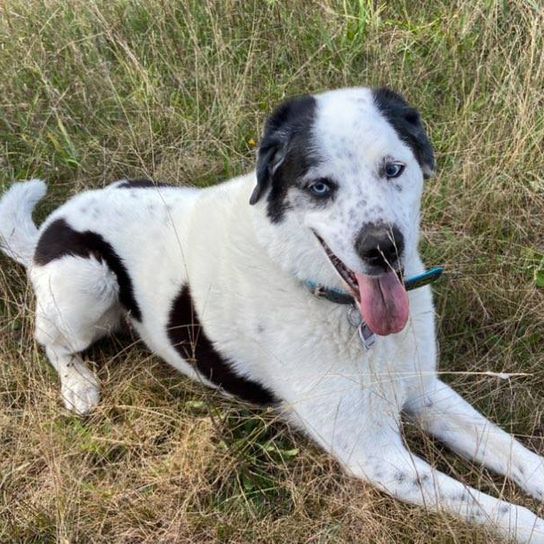
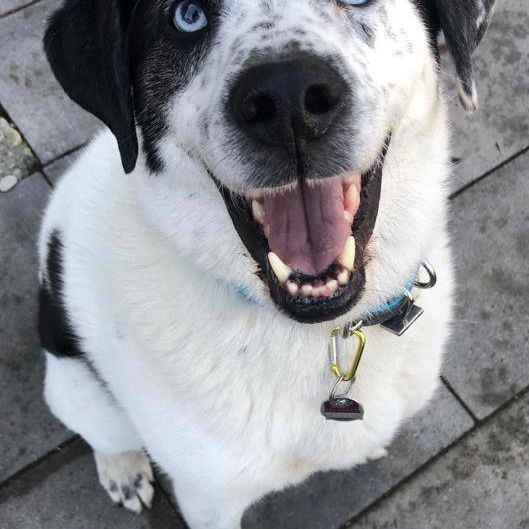
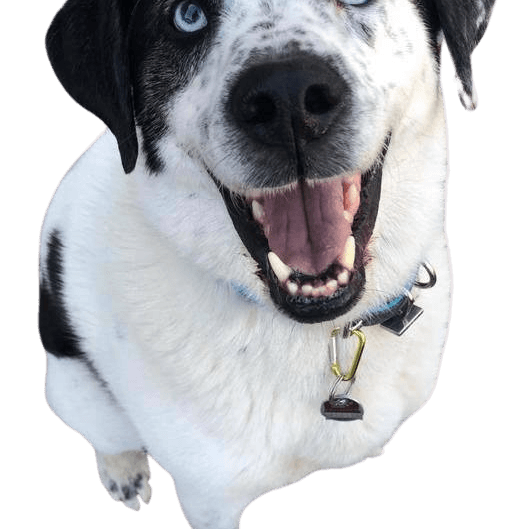


Health and breeding information
What diseases can occur in Siberian Husky and Labrador Retriever mix.
The Labsky is a relatively new and popular cross that combines the best of the sweet, gentle Labrador Retriever with the beauty, intelligence and athleticism of the Siberian Husky. Unfortunately, as with all mixed breeds, there is no guarantee that a Siber Husky Lab will not inherit any of the health problems associated with either parent. So what health problems are known to affect your Siber Husky Lab?
One of the most common problems found in both Labrador Retrievers and Siberian Huskies is hip dysplasia. This is a condition in which the hip joint does not sit properly in the socket, resulting in pain, lameness and arthritis. It can be mild or severe, and unfortunately there is no cure. The best prevention for elbow dysplasia is to choose a breeder who tests the parents for the condition using OFA (Orthopedic Foundation for Animals) or PennHip testing.
Elbow dysplasia is another problem that occurs in both parent breeds and is similar to hip dysplasia in that it is a malformation of the elbow joint. This can cause pain, lameness and arthritis, and again, there is no cure. Breeding for elbow dysplasia is also done via OFA or PennHip testing.
Eye problems are also relatively common in both Siberian Huskies and Labrador Retrievers. These can range from mild irritation to more serious conditions such as cataracts, glaucoma and progressive retinal atrophy.
Labradors are also prone to what is known as Exercise Induced Collapse (EIC), a neurological condition that can lead to a sudden loss of muscle tone and coordination. This condition is most common in young, active Labradors and, while usually not fatal, can be very frightening for owners. There is no cure for EIC, but affected dogs should not be bred.
Siberian Huskies can be affected by chondrodysplasia, a genetic disorder that causes shortening of the legs. While this does not usually cause pain or problems for the dog, it does make it look somewhat unusual and is considered a cosmetic defect.
Fortunately, most Huskydors are healthy, happy dogs, but it is always best to be aware of the potential health issues that could affect your mixed breed dog.


What does this Huskydor mix look like?
A Siberian Husky-Labrador Retriever mix has a dense, furry coat that is usually black and white in color. The coat is very dense, which helps keep the dog warm in cold climates. The undercoat is soft and fluffy, while the topcoat is stiffer and less dense. The coat is waterproof and easily sheds dirt and debris.
| Fur length | short - medium |
| Fur | flat coated |
| Ear shape | Triangle - Standing Ears |
| Tail | lang - fanned out |
| Anatomy | rugged, massive, rugged, strong, sporty |
| Size ♀ | 50 - 60 cm |
| Weight ♀ | 16 - 32 kg |
| Size ♂ | 54 - 63 cm |
| Weight ♂ | 20 - 32 kg |
| Suitable For | - |

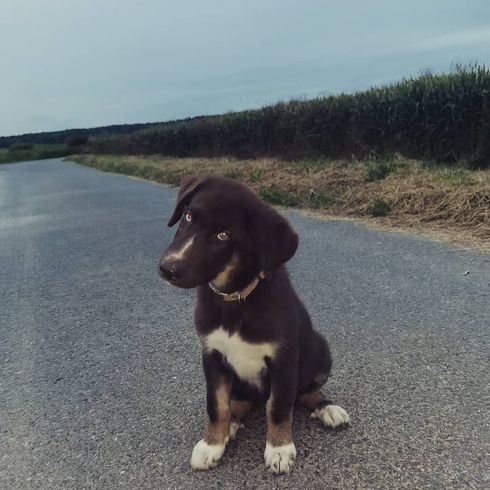

Known Diseases
Eye diseases
Often occur with allergies and intolerances.
Elbow dysplasia (ED)
Elbow joint dysplasia is a chronic disease complex of the elbow joint of fast growing dog breeds.
Joint damage
In some breeds, joint damage can occur later in life, affecting the musculoskeletal system.
Hip dysplasia (HD)
The hip dysplasia or hip joint dysplasia of the dog (HD) is a maldevelopment of the hip joint.
Overweight
Often, unfortunately, the dogs very much under excess weight. But the dogs themselves are never to blame!
Skin inflammations
Can be hereditary in certain breeds.
FAQ
-
A mix of Siberian Husky and Labrador Retriever can look like either parent breed or a combination of both. They typically have a dense coat that can be any color or combination of colors. They also typically have a strong, athletic build.
-
A mix of Siberian Husky and Labrador Retriever can inherit the best qualities of both parents. They are usually friendly, outgoing and energetic. They can also be very intelligent and easily trainable.
-
A Siberian Husky and Labrador Retriever mix usually needs a lot of exercise. They may enjoy activities such as running, playing fetch, swimming, and hiking. It is important to make sure they get plenty of exercise to prevent them from becoming bored or destructive.
-
The cost of a Siberian Husky and Labrador Retriever mix varies depending on pedigree, pedigree and other factors. They can cost between $500 and $1,500.
-
Siberian Husky and Labrador Retriever mixes can be good family dogs if properly socialized and trained. They usually get along well with children and other pets.
Useful Articles
You can find articles that might interest you in the dogbible blog to match your favorite breed.
Visit our magazineto stay up to date on dog trends.
To find out more, view our Privacy Policy
Find here the breed that suits you and find out what character traits it has. Here you can also learn more about the origin, size and weight of your favorite breeds.
Matching your favorite breed, you'll find articles that might interest you on the dogbible dog blog.
Dog licence: Baden-Württemberg introduces compulsory dog licence
Recipe for cracked paws in dogs - home remedy
Hiking holiday with dog - this is what you should keep in mind!















